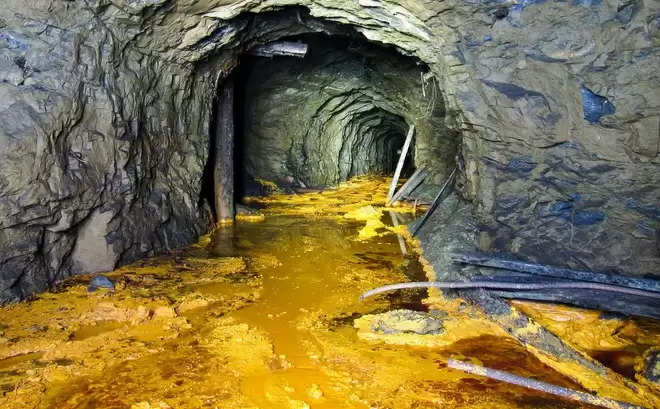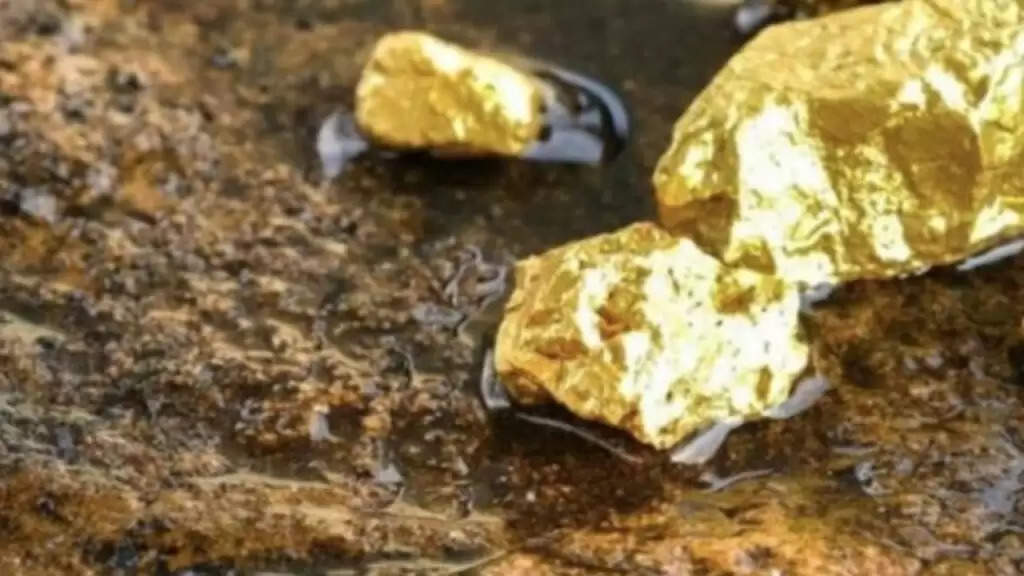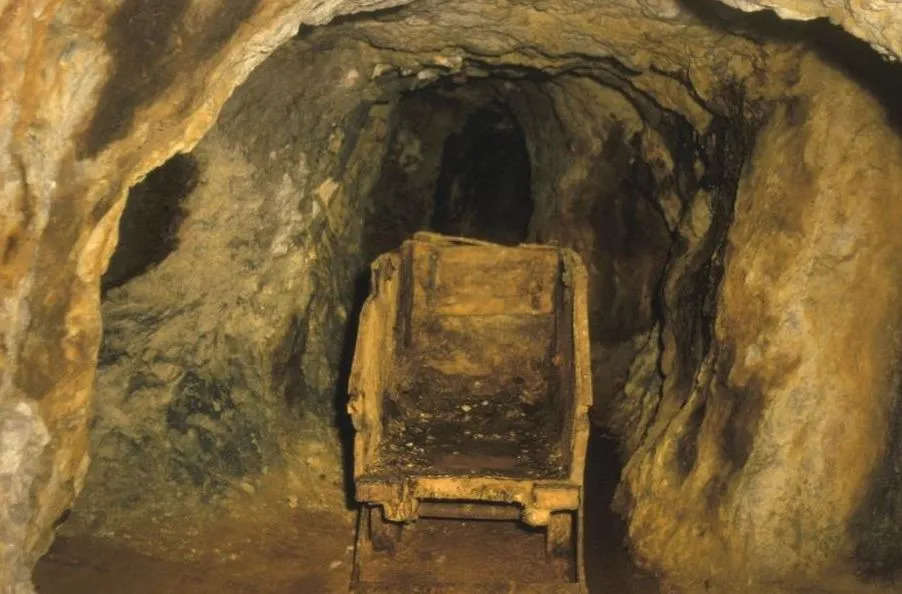In the middle of the nineteenth century, miners discovered hundreds of artifacts made from stone and human remains in their tunnels at Table Mountain and other areas of the gold mining area.
Experts believe that these bones and artifacts were found in Eocene-era strata (38 to 55 million years). These data were revealed by Dr. J. D. Whitney of California, the top-ranking government geologist. The book, “The Auriferous Gravels of the Sierra Nevada of California,” was published by Harvard University’s Peabody Museum of Comparative Zoology in 1880. It was removed from scientific discourse because it challenged Darwinist views of human origins. In 1849, gold was found in the gravels of the Sierra Nevada Mountains’ riverbeds.

This discovery lured numerous adventurers to towns like Brady City, Last Chance, and Lost Camp. Initially, individual miners sifted through the gravels that had washed into streambeds to extract nuggets and flakes. Gold mining corporations soon allocated more resources to the endeavor. They drilled shafts into mountainsides and followed the gravel deposits wherever they led, while others utilized high-pressure water jets to clear the auriferous (gold-bearing) gravels from slopes.

Numerous stone artifacts and human bones were discovered by the miners. Scientists received important information from J.D. Whitney. Surface deposits and artifacts from hydraulic mining were challenging to date, but items found in deer mine shafts or tunnels could be dated more accurately. J.D. Whitney stated that the geological data indicated that the auriferous rocks were at most of Pliocene age. Geologists today believe that some gravel deposits date back to the Eocene. Many shafts were driven in Tuolumne County, through Table Mountain’s deep strata, and then reached the gold-bearing rocks.
In some cases, there were shafts that extended under the latite for hundreds of yards. Gravels right on top of the bedrock can range from 33.2 million to 56 million years old, while other gravels can range from 9 million to 55 million years old. William B. Holmes, a physical anthropologist at the Smithsonian Institution, said, “If Professor Whitney had fully understood the story of human evolution as it is known today, he would have hesitated to announce the conclusions reached, even though he was given a large amount of evidence to back up his claims.”

Or, to put it another way, facts must be discarded if they don’t support an idea. This is what happened with the work of Arreped. Whitney still displays some of the items at the Phoebe Hearst Museum of Anthropology at the University of California, Berkeley. Darwinism and other -isms also influenced how the archaeological site of Hueyatlaco in Mexico was treated. In the 1970s, archaeologists, led by Cynthia Irwin Williams, found stone tools near animal bones that had been killed during excavation at Hueyatlaco.

Geologists, including Virginia Steen-McIntyre, collaborated to determine the age of the site. They employed four methods to establish its age: zircon fission track dating on volcanic layers above artifact layers, uranium series dating on butchered bones, zircon thermoluminescence dating on volcanic layers above artifact layers, and tephra-hydration dating on volcanic crystals in volcanic layers above artifact layers. Archaeologists began to recognize the site’s age due to two main reasons: (1) It was deemed unlikely that anyone could have created such artifacts anywhere on Earth 250,000 years ago, and (2) North America wasn’t believed to be inhabited until around 15,000 to 20,000 years ago.





